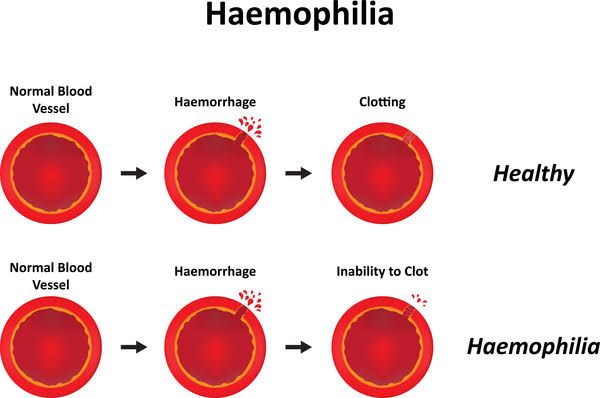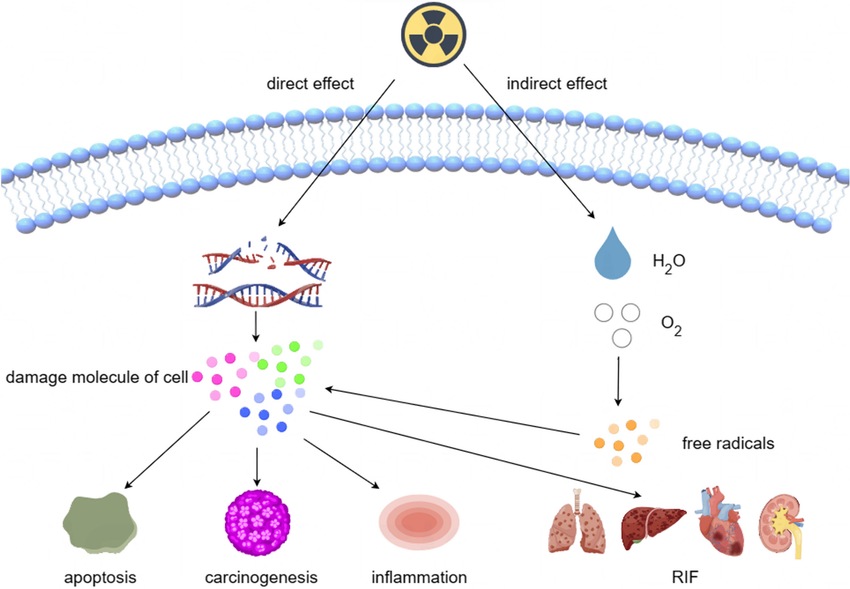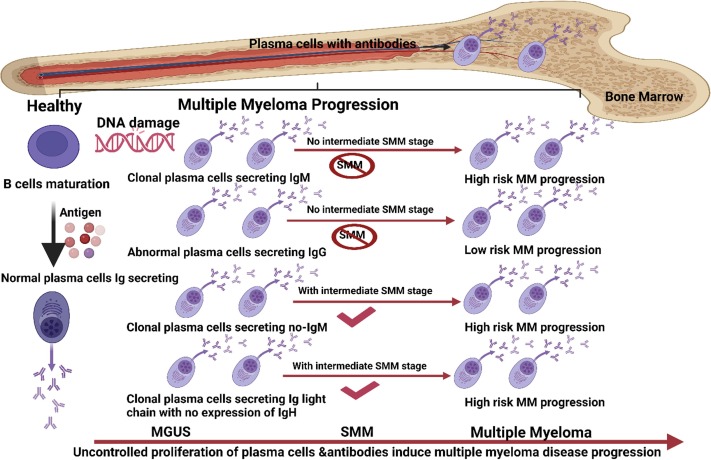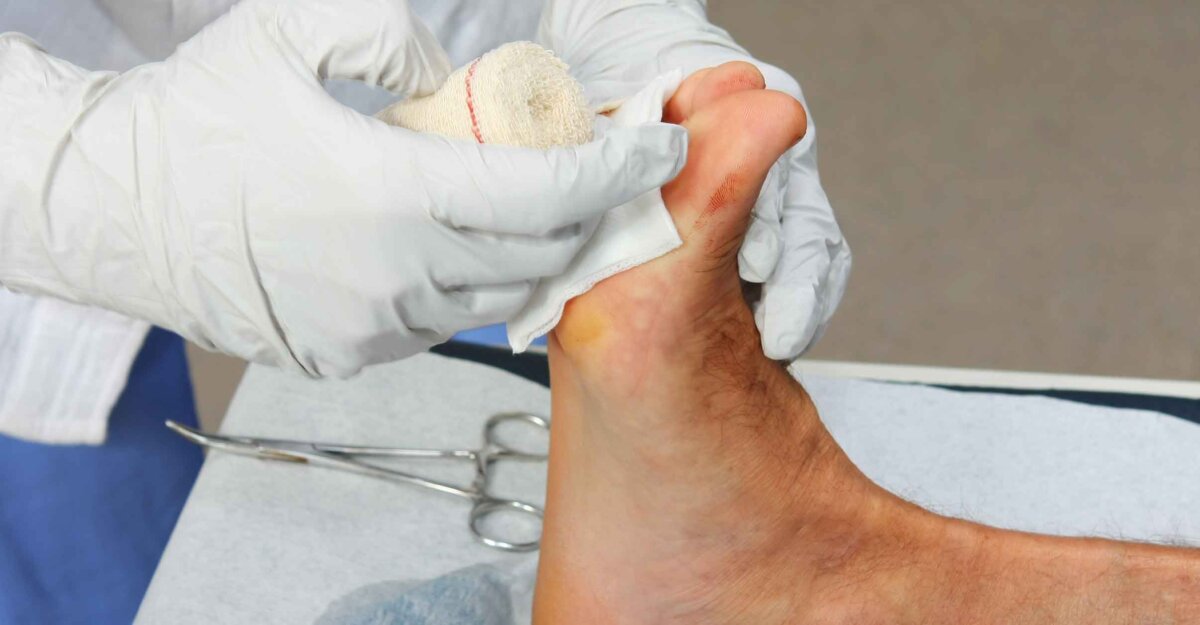
Etiology of Hemophilia
Hemophilia is a genetic disorder that impairs the body’s ability to make blood clots, which is essential for stopping bleeding. The etiology of hemophilia primarily involves mutations in specific genes responsible for producing clotting factors. The two most common types of hemophilia are:
- Hemophilia A: This type is caused by a deficiency in clotting factor VIII, which is encoded by the F8 gene located on the X chromosome. Mutations can include point mutations, deletions, or insertions that lead to reduced levels or dysfunctional factor VIII.
- Hemophilia B: Also known as Christmas disease, this type results from a deficiency in clotting factor IX, encoded by the F9 gene, also located on the X chromosome. Similar to hemophilia A, mutations can vary widely and affect the production or function of factor IX.
Both types are inherited in an X-linked recessive pattern, meaning that males (who have one X and one Y chromosome) are more frequently affected than females (who have two X chromosomes). Females can be carriers and may exhibit mild symptoms if they have a mutation on one of their X chromosomes.
Pathogenesis and Pathophysiology of Hemophilia
The pathogenesis of hemophilia involves the disruption of the coagulation cascade due to insufficient levels or activity of specific clotting factors. In normal hemostasis, when a blood vessel is injured, platelets adhere to the site and aggregate to form a temporary plug. Simultaneously, a series of enzymatic reactions involving clotting factors leads to the conversion of fibrinogen into fibrin, stabilizing the platelet plug.
In hemophilia:
- Factor VIII Deficiency (Hemophilia A): The absence or dysfunction of factor VIII disrupts the intrinsic pathway of coagulation. This pathway is crucial for amplifying thrombin generation and forming stable fibrin clots. Patients with severe hemophilia A may experience spontaneous bleeding episodes and prolonged bleeding after injuries or surgeries.
- Factor IX Deficiency (Hemophilia B): Similar to hemophilia A, a deficiency in factor IX affects both intrinsic pathway activation and thrombin generation. The clinical manifestations are comparable to those seen in hemophilia A but may differ slightly in bleeding patterns.
The pathophysiological consequences include increased susceptibility to bleeding episodes—both spontaneous and post-traumatic—leading to complications such as joint damage (hemarthrosis), hematomas, and potentially life-threatening hemorrhages.
Classification of Hemophilia
Hemophilia can be classified based on several criteria:
- Type:
- Hemophilia A: Factor VIII deficiency.
- Hemophilia B: Factor IX deficiency.
- Severity:
- Severe Hemophilia: Factor levels less than 1% of normal; patients often experience spontaneous bleeding.
- Moderate Hemophilia: Factor levels between 1% and 5%; bleeding occurs with trauma but may not be spontaneous.
- Mild Hemophilia: Factor levels greater than 5% but less than 40%; bleeding typically occurs only after significant injury or surgery.
- Acquired vs. Congenital:
- Congenital Hemophilia: Present at birth due to genetic mutations.
- Acquired Hemophilia: Develops later in life due to autoimmune disorders or other conditions leading to inhibitor formation against clotting factors.
Diagnosis of Hemophilia Based on Clinical Features and Laboratory Findings
Diagnosis begins with a thorough clinical history and physical examination focusing on bleeding tendencies:
Clinical Features
- Spontaneous bruising
- Prolonged bleeding from cuts
- Joint swelling or pain due to internal bleeding (hemarthrosis)
- History of excessive bleeding during dental procedures or surgeries
- Family history suggesting hereditary patterns
Laboratory Findings
- Coagulation Tests:
- Prothrombin Time (PT): Typically normal in hemophiliacs.
- Activated Partial Thromboplastin Time (aPTT): Prolonged in both hemophilias A and B due to deficiencies in intrinsic pathway factors.
- Bleeding Time: Usually normal unless there are additional platelet disorders.
- Specific Factor Assays:
- Measurement of factor VIII activity for diagnosing hemophilia A.
- Measurement of factor IX activity for diagnosing hemophilia B.
- Genetic Testing:
- Identification of mutations in F8 or F9 genes can confirm diagnosis and help determine carrier status in family members.
- Inhibitor Testing:
- In some cases, particularly if patients do not respond adequately to treatment with replacement factors, testing for inhibitors against factor VIII or IX may be necessary.
In summary, diagnosis combines clinical assessment with laboratory investigations focusing on coagulation profiles and specific factor activities.







